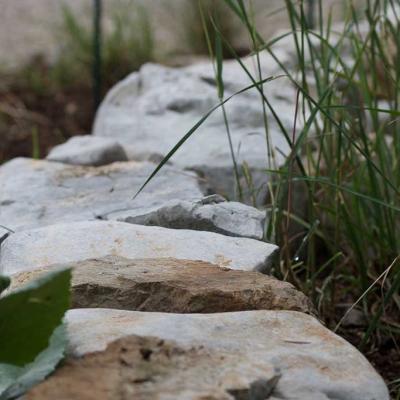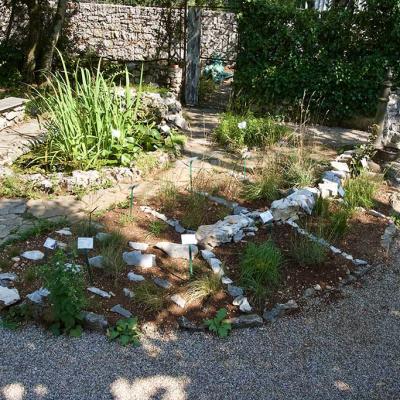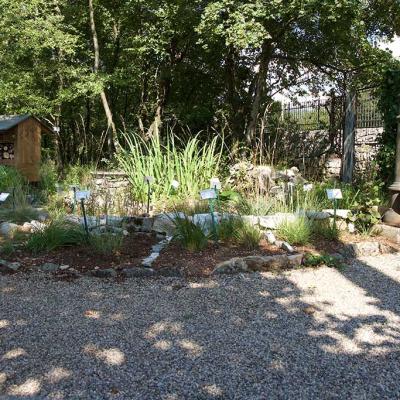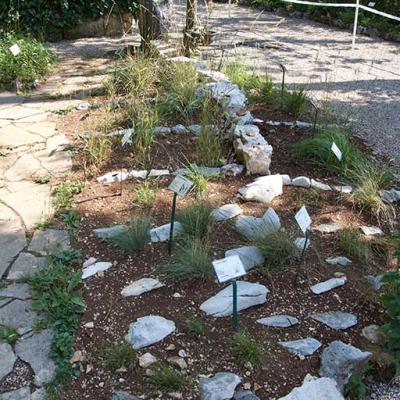Graminoid Plants
At the entrance to the garden, a new flowerbed was recently created, mainly dedicated to the Poaceae (formerly Graminaceae). These are the most widespread herbaceous plants on the planet with a total of about 8,000 species and have a notable ecological but also economic importance. Among the best known are rice, wheat and maize (corn). In our flowerbed, on the other hand, there we find wild oats, fairy flax, and Volga fescue.
The species belonging to the Poaceae family or in any case with a graminoid appearance (e.g. those of the genus Carex) are sometimes little appreciated for several reasons. One is their lack of attractiveness for human beings as the flowers have no banner function or are inconspicuously coloured and scented, and they are important allergen. In addition, they are difficult to identify for those starting out in botany.
In reality they are very important species for the very survival of human beings (rice, wheat, maize, barley, sugar cane, etc.) and for wild and domestic herbivorous animals.
In plant ecology and even more in the context of Carsiana they constitute the main biomass of the environments most at risk, i.e. the dry grasslands of the landa carsica and the hay meadows. They are also crucial species for the characterization of some habitats; such asa Karst downy oak and hop hornbeam woods which differ from the hilly and pre-Alpine ones due to the presence (or absence) of the grass Sesleria autumnalis. In addition to this species, in the dedicated flowerbed it is possible to observe a species typical of bush and woodland edge, Tor-grass Brachypodium rupestre, some species that make up the appearance of the landa carsica such as Bromopsis erecta, Chrysopogon gryllus, Stipa eriocaulis subsp. eriocaulis, Sesleria juncifolia subsp. juncifolia, Festuca valesiaca, the sedge Carex humilis and some of hay-meadow species such as Arrhenatherum elatius subsp. elatius, Dactylis glomerata subsp. glomerata and quaking-grass Briza media.




